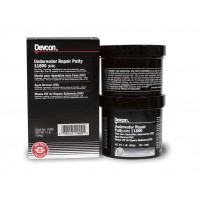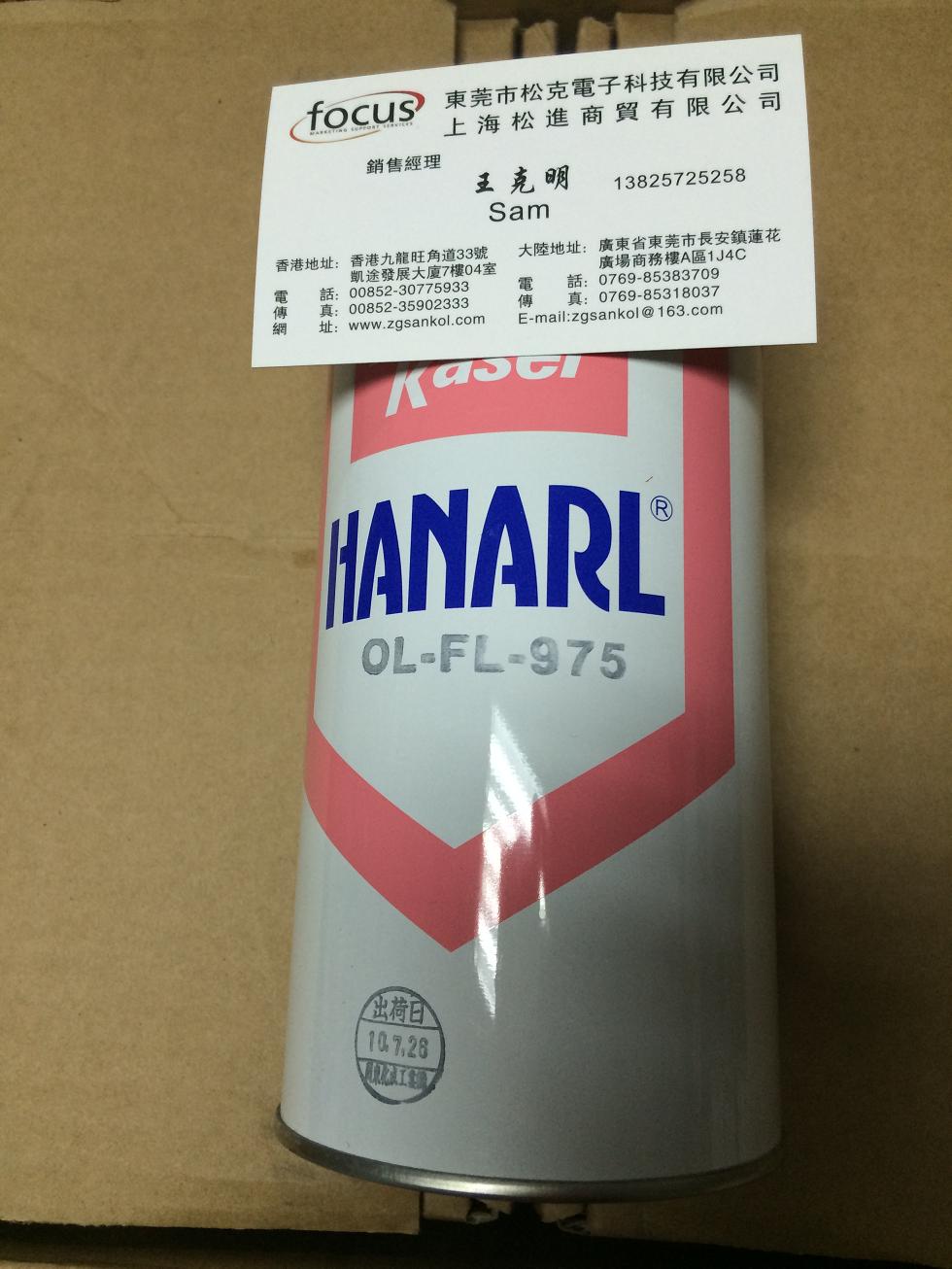Underwater Repair Putty (UW)
Description: Makes (effective) repairs to metal, concrete, wood surfaces in wet and dry environments.
Intended Use: Repairing and refitting pipes, valves, pumps, and tanks. Repair concrete vessels and piping in wet environments. This
product will bond to a wet or damp surface.
Product Bonds to aluminum, concrete, and many other metals
features: Bonds to ferrous and non-ferrous metals
Non-rusting
Bonds to wet surfaces
Bonds, patches, and seals metals
Non-sagging
Limitations:
Typical Technical data should be considered representative or typical only and should not be used for specification purposes.
Physical
Cured 7 days @ 75° F
Properties:
Color Grey TESTS CONDUCTED
Mix Ratio by Volume 1:1 Adhesive Tensile Shear ASTM D 1002
Mix Ratio by Weight 1.4:1 Compressive Strength ASTM D 695
% Solids by Volume 100 Cure Shrinkage ASTM D 2566
Pot Life @ 75F 45 min. Cured Hardness Shore D ASTM D 2240
Specific Volume 17 in.(3)/lb. Flexural Strength ASTM D 790
Cured Shrinkage 0.0020 in./in.
Specific Gravity 1.4 gm/cc(2)
Temperature Resistance Wet: 120°F; Dry: 250°F
Coverage/lb 68 sq.in./lb. @ 1/4"
Cured Hardness 82 Shore D
Dielectric Strength 150 volts/mils
Dielectric Constant 8.6
Adhesive Tensile Shear 2,685 psi
Compressive Strength 5,625 psi
Modulus of Elasticity 7.5 psi x 10(5) in.
Flexural Strength 4,990 psi
Coefficient of Thermal Expansion 18[(in.)/(in). x °F)] x 10(3)
Cure Time 24 hours
Recoat Time 10-12 hours
Mixed Viscosity Putty
Surface 1. Thoroughly clean the surface with Devcon(R) Cleaner Blend 300 to remove all oil, grease, and dirt.
Preparation:
2. Grit blast surface area with 8-40 mesh grit, or grind with a coarse wheel or abrasive disc pad, to create increased
surface area for better adhesion (Caution: An abrasive disc pad can only be used provided white mesh is revealed).
Desired profile is 3-5mil, including defined edges (do not ‘feather-edge” epoxy).
Note: For metals exposed to sea water or other salt solution, grit-blast and high-pressure-water-blast the area, then leave
overnight to allow any salts in the metal to “sweat” to the surface. Repeat blasting to “sweat out” all soluble salts. Perform
chloride contamination test to determine soluble salt content (should be no more than 40ppm).
3. Clean surface again with Cleaner Blend 300 to remove all traces of oil, grease, dust, or other foreign substances from
the grit blasting.
4. Repair surface as soon as possible to eliminate any changes or surface contaminants.
WORKING CONDITIONS: Ideal application temperature is 55°F to 90°F. In cold working conditions, heat repair area to
100-110°F immediately prior to applying epoxy to dry off any moisture, contamination, or solvents, as well as to assist
epoxy in achieving maximum adhesion properties.
ITW Devcon, 30 Endicott Street, Danvers, MA 01923 Tel:(978) 777-1100 Fax:(978) 774-0516
Mixing ---- It is strongly recommended that full units be mixed, as ratios are pre-measured. ----
Instructions:
1. Add hardener to resin
2. Mix thoroughly with screwdriver or similar tool (continuously scrape material away from sides and bottom of contai
until a uniform, streak-free consistency is obtained.
INTERMEDIATE SIZES (1,2,3 lb. units): Place resin and hardener on a flat, disposable surface such as cardboard,
plywood, or plastic sheet). Use a trowel or wide-blade tool to mix the material as in Step 2 above.
LARGE SIZES: (25 lb., 30 lb., 50 lb. buckets): Use a T-shaped mixing paddle or a propeller-type Jiffy Mixer Model E
an electric drill. Thoroughly fold putty by vigorously moving paddle/propeller up and down until a homogenous mix of
and hardener is attained.
Application Spread mixed material on repair area and work firmly into substrate to ensure maximum surface contact. Underwate
Instructions: Repair Putty fully cures in 16 hours, at which time it can be machined, drilled, or painted
FOR MAXIMUM PHYSICAL PROPERTIES
Cure at room temperature for 2.5 hours, then heat cure for 4 hours @ 200°F.
FOR ± 70°F APPLICATIONS
Applying epoxy at temperatures below 70°F lengthens functional cure and pot life times. Conversely, applying above
shortens functional cure and pot life.
For Underwater or submerged repairs consider the following:
- Remove all dirt, barnacles, flaking paint, and algae/seaweed from the substrate.
- Wipe area with a clean cloth to remove any film on the surface. Obviously you cannot degrease underwater, but w
and turning a clean cloth often will remove any film on the surface.
- Abrade the surface if possible. (Use mechanical means or a file to accomplish.)
- The oxidation can be removed by mechanical means, such as water, grit-blasting, or by chemical means.
- Make the repair as soon as possible to avoid surface contamination.
Storage: Store at room temperature.
Compliances: None
Chemical Chemical resistance is calculated with a 7 day, room temp. cure (30 days immersion) @ 75°F)
Resistance:
Ammonia Very good
Chlorinated Solvent Poor
Hydrochloric 10% Fair
Kerosene Very good
Methanol Poor
Sodium Hydroxide 10% Very good
Sulfuric 10% Fair
Toluene Very good
Precautions: Please refer to the appropriate material safety data sheet (MSDS) prior to using this product.
For technical assistance, please call 1-800-933-8266
FOR INDUSTRIAL USE ONLY
Warranty:
Devcon will replace any material found to be defective. Because the storage, handling and application of this materi
beyond our control, we can accept no liability for the results obtained.
Disclaimer:
All information on this data sheet is based on laboratory testing and is not intended for design purposes. ITW Devco
makes no representations or warranties of any kind concerning this data.
Order 11800 1 lb.





